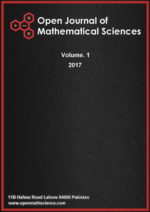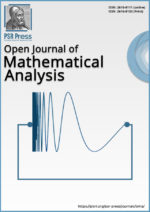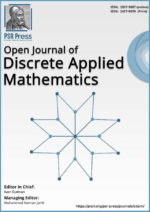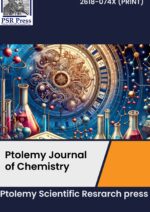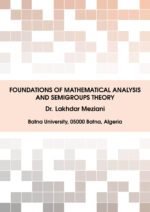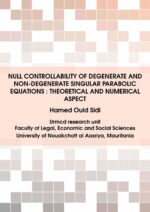TCMS-Vol. 2 (2022), Issue 3, pp. 11 – 17
Open Access Full-Text PDFA. Umakanth, Veera Purushotham, Renuka Devi Nalluri, Chennakesavulu Dara, Phani Krishna Telluri and Khizer
Abstract: Background: With an estimated 13.3 million cases each year, acute kidney injury (AKI) become a problem for world health. India has a high prevalence of AKI following volume depletion from gastrointestinal fluid loss. Due to poor socioeconomic situations, limited access to care, lack of awareness of personal cleanliness, crowding, and climatic factors that encourage the spread of infection, diarrheal illnesses are widespread in India. AKI following gastroenteritis is probably caused by a lack of medical facilities in rural areas and a delay in treating dehydration. Therefore, in order to come up with solutions to this issue, it is necessary to comprehend the disease’s clinical spectrum.
Materials and Methods: This is a prospective observational study conducted on 50 patients with AKI due to Acute Gastroenteritis admitted to Narayana medical college \& hospital, Nellore, Andhra Pradesh, over a period of 1 year. The diagnosis of acute kidney injury was used when there was evidence of kidney injury in some clinical settings without any kidney disease history. The term acute kidney injury was used when there was a rise in Serum creatinine \(\geq44 \mu mol/L (\geq0.5mg/dL)\) and the history of decreased urine output of less than \(0.5ml/kg/hr\) for more than 6hrs. The criteria used for AKI in the study was Risk, Injury, Failure, Loss of kidney function, and End-stage kidney disease (RIFLE) criteria (given by Acute Dialysis Quality Initiative Group 2004) and is as follows.
Results: Pre Renal Azotemia, which occurred in 58% of cases, was followed by Acute Tubular Necrosis, which occurred in 42% of cases in this study. The pre-renal group’s mean age was \(49.3 + 5.66\) years, while the ATN group’s was \(48.6 + 7.40\) years. The mean age of those who survived was 46.73 4.75, while that of those who did not survive was 65 6.034. On admission, Baseline creatinine with a mean of \(3.032+0.37mg/dl\). It was \(2.70+0.29\) and \(3.48\pm0.77\) inpre-renal and Acute Tubular Necrosis (ATN) groups. The mean peak creatine was \(4.73+0.48mg/dl\). It was 4.13+ 0.59 in pre-renal and 5.56\(\pm\) 0.66 in ATN groups, respectively. The Mean creatinine at the time of discharge 2.87 \(\pm\) \(0.39mg/dl\). The mean peak creatinine was 2.42 \(\pm\) 0.33 in pre-renal & 3.48+0.42 in ATN groups (In survivors) and 4.11\(\pm\) 0.79 in non-survivors.
Conclusion: Replacement of lost fluids, correction of electrolyte imbalances, and delivery of the proper antibiotics made up the course of treatment. Due to the frequent incidence of hypokalemia, ARF brought on by gastroenteritis differs from other ARF and has a better prognosis. An significant electrolyte disruption in AKI brought on by gastroenteritis is hypokalaemia. It was determined that the primary factor leading to death in AKI caused by gastroenteritis is septicemia.


